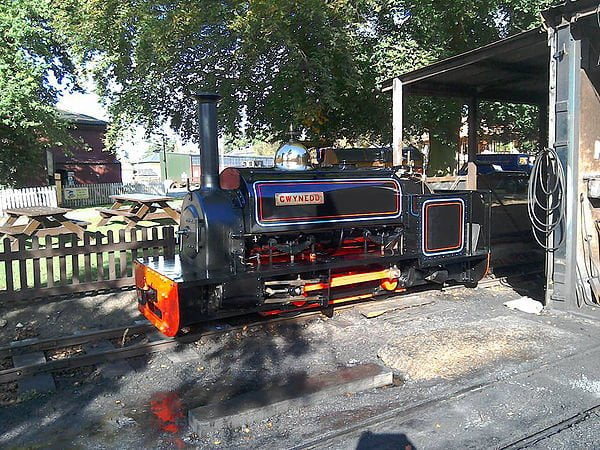Proposals have been laid for an electricity pylon route that will pass almost directly over Bressingham Steam Museum and gardens.
A significant proportion of the museum’s attractions are directly under the proposed route of the pylons. The proposed route of the pylons will cross two of the museum’s narrow gauge railways, the Fen Railway and the Waveney Railway.
The Trustees of Bressingham Steam Museum have formally objected to the proposed pylon route. There would be serious implications for the future sustainability of the museum if a pylon was to be erected directly on or next to its railway lines. Unfortunately, as the museum does not own the surrounding land, it would not be possible to simply reroute the railways.
The railways are an important part of steam preservation and Norfolk heritage. The Fen Railway was built in 1966 and the Waveney Valley Railway was built in 1974 by the museum’s founder Alan Bloom, but the future of both of these railways is now at risk.

If the pylons are constructed and cross the railway lines, they will have a significant visual impact. A train trip underneath electric cables would not be attractive and would have the potential to significantly reduce visitor numbers. The museum also borders Wortham Ling, which is a Site of Scientific Importance, so the surrounding biodiversity will be significantly impacted.
If the plan to erect the pylons goes ahead, the future viability and sustainability of the museum would be at risk. The museum is asking for the public’s support in raising awareness and objecting to the project. It supports the work of pylonseastanglia.co.uk in raising awareness of the pylon scheme and is working with its neighbours to lobby against the disruptive, potentially disastrous scheme.
The museum is calling for support by signing the petition and by sharing it. To sign the petition, please click here
For further information about the proposals, please click here






Responses
I live near Dunstable downs and national grid have just completed the removal of over head power lines and pylons and put the cables under ground this was done because it’s ANOB
Pylons are so outdated and shouldn’t be necessary today – they are last-century technology. Existing pylon routes need to be replaced, either placed underground or avoided through the use of new technology. I’m astonished that anyone would seriously propose routeing them through an internationally known tourism attraction.
The pity is that underground cables are very expensive. This particular route may end up carrying over 10 GW of power equivalent of 25% of consumption today. If placed underground the trenches required could be the width of a motorway.
No wide than a road was disturbed basically a dozer blade width they used what they call is a cable plough at Dunstable downs and removed some 20 odd pylons as part of a upgrade to handle more demand